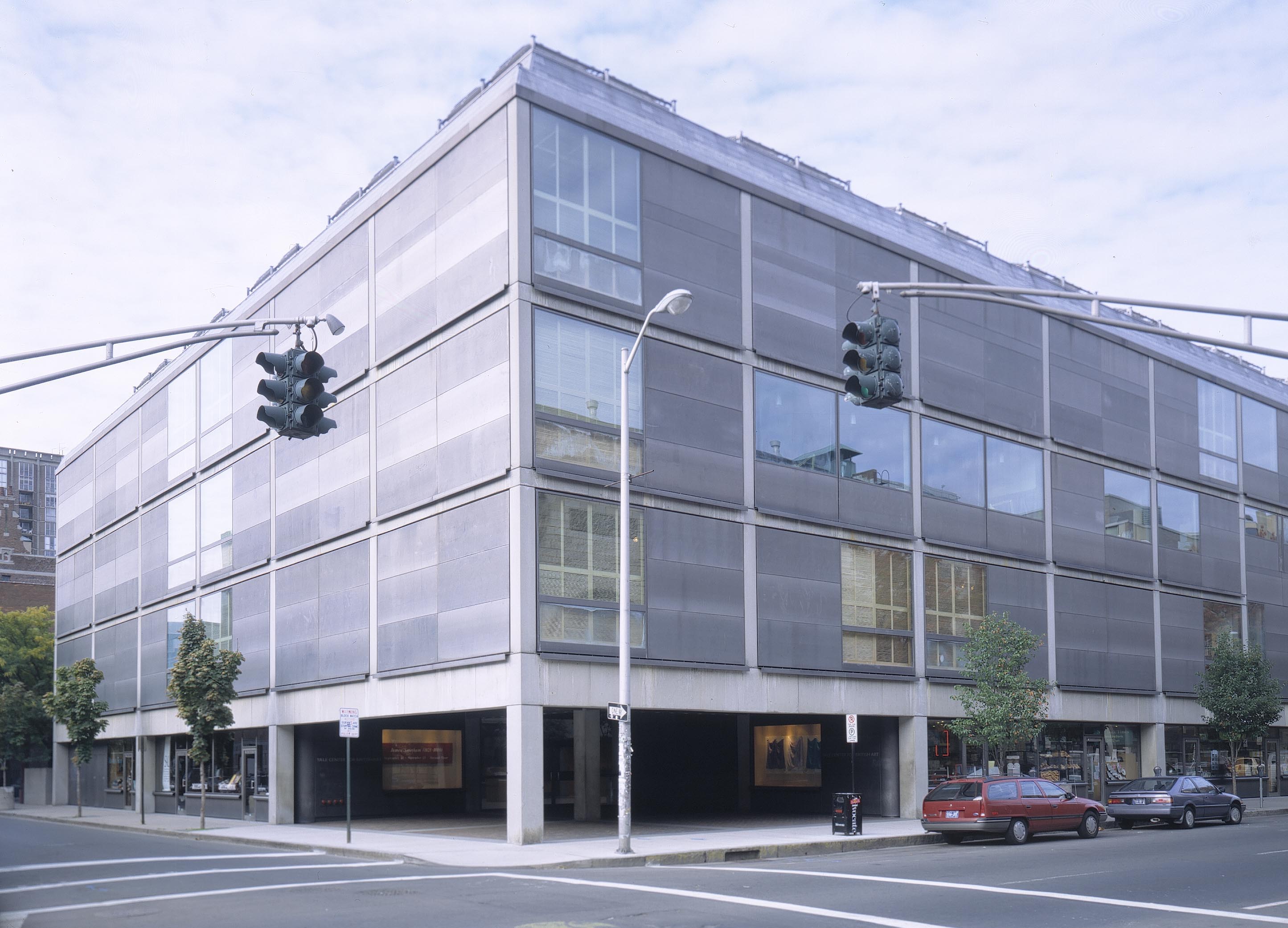Winter 2025 - Spring 2026
New Haven, CT
In 1600, a group of businessmen pooled their resources to found the British East India Company. Originally envisioned as a trading corporation—moving fruits, spices, cottons, silks, tea, opium, and more—the Company would become an aggressive agent of British imperialism. Against this volatile backdrop of colonial expansion and exploitation by the East India Company, British and Indian artists forged new relationships and produced innovative works of art.
During the late eighteenth and early nineteenth centuries—a particularly turbulent period when the British asserted greater control over the fractured Mughal Empire—“Company painting” became a prevalent umbrella term for artwork made by Indian artists for patrons of the British East India Company. This exhibition is the first to challenge and critically rethink the phrase’s racialized underpinnings by considering the relationships among a spectrum of artists (including those trained in South Asia, Europe, and China), Company benefactors, local employers, and the wider commercial market.
This can be seen in artworks that range from Bhawani Das’s animated, meticulous rendering of a giant bat to George Chinnery’s evocative sketches of Mughal tombs and markets in Canton and Lam Qua’s sensitive oil paintings of medical patients. Encompassing burnished opaque watercolors, architectural drafts, oil portraits, hand-colored aquatints, and finely rendered drawings, the exhibition highlights works by artists whose names are less familiar or no longer known alongside well-established ones.
Painters, Ports, and Profits also foregrounds the power of the East India Company as a global mercantile and militaristic force, whose agents used art to engage in diplomacy, wage war, compete for prestige, and gain knowledge about the territories they wished to control across Asia. The circulation of Company paintings had profound effects beyond Asia; these works of art and the diverse pieces collected by the organization’s officials reverberated back in Britain, ultimately shaping the materials and practices of artists such as William Blake (who never left the British Isles) and fundamentally transforming the methods of British art.
The exhibition will be accompanied by a comprehensive catalogue featuring an international group of authors and scholars.
Credit: Overview from museum website
Exhibition Venues & Dates
Winter 2025 - Spring 2026
New Haven, CT
